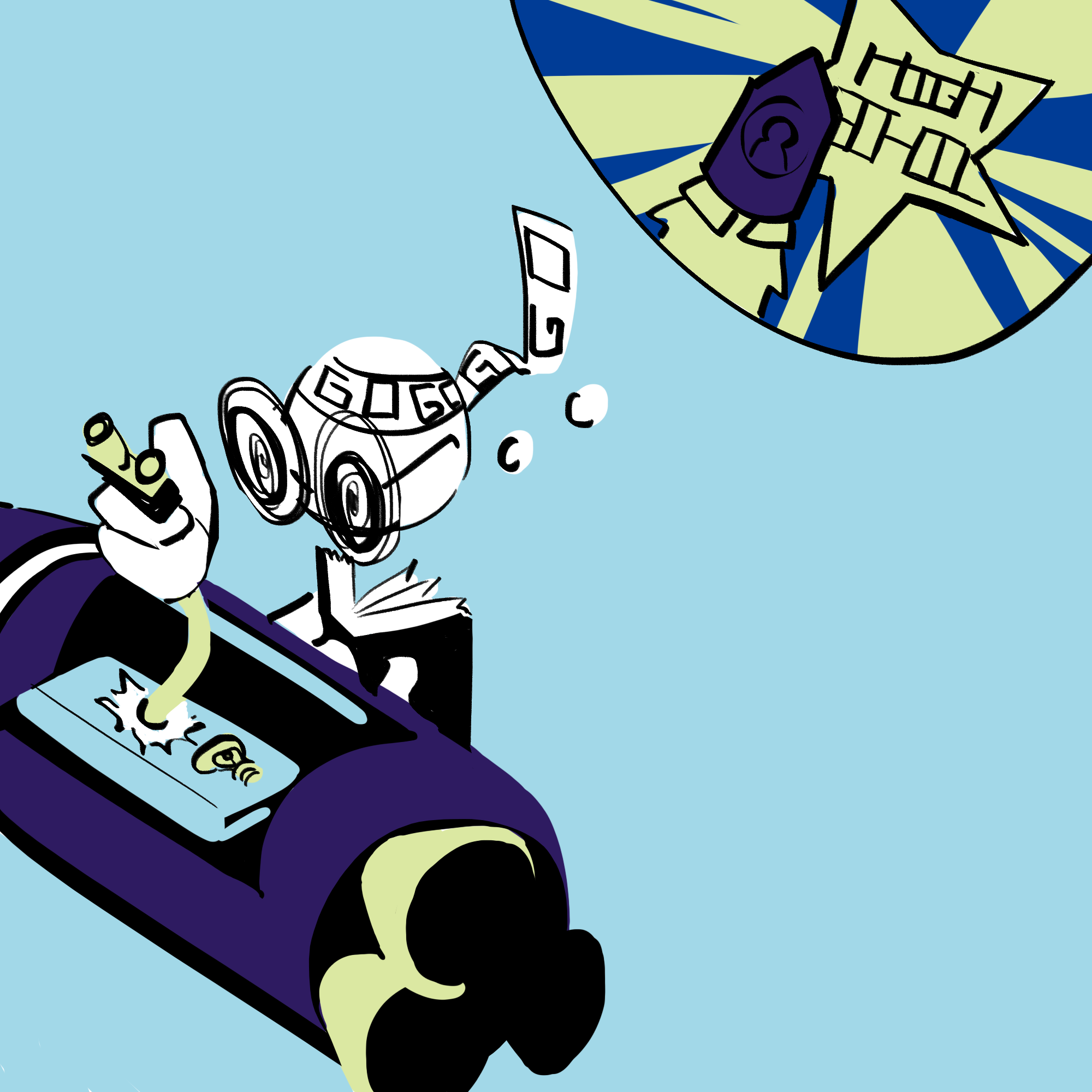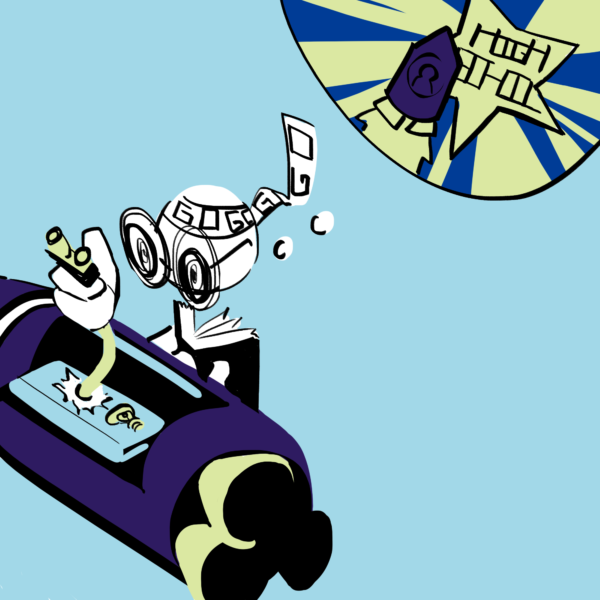
As the number of college applicants rises and competition for admission grows, the prospect of higher education stands prominent for those seeking to pursue such a pathway. Many decide to facilitate their own exploration, beyond what the public school curriculum offers, and this endeavor to prepare starts early for some. Programs like the Russian School of Math, better known as RSM, introduce elementary through high school students to a wide range of mathematical and reading concepts.
“[RSM] is just repetition, getting used to the numbers,” said junior Josh Koe, who started the program in sixth grade and continued through the end of 10th. “[I was able to] spend my time solving different equations and quadratics when I was younger, and that gave me the experience that a lot of people don’t have [access to].”
Initially established in Boston, Massachusetts, the company now has numerous branches across the U.S. Ian Nelson, the current principal of the San Mateo RSM branch, attended the program as an early high schooler in Massachusetts.
“My goal at the time was … to do more math,” Nelson said. “It was always my favorite subject. [RSM] was pretty cool, … [and] I realized once I got into high school [that] I was ahead of pretty much all my classmates.”
Classes like RSM are advertised as being an accelerated supplement to conventional schooling. Yet tuition prices, reaching up to $101.50 per class, is not feasible for many families.
“We … have financial aid, … and we distributed a lot [to our students], especially this year with the pandemic,” Nelson explained. “We want to make sure that if RSM is a priority for your family that we can help your child by whatever means.”
Kumon is a similar supplemental program that focuses on math and reading. Minimal information regarding financial opportunities on the RSM and Kumon sites can be found online, although both sites do offer a consultation for program placement. Families seeking monetary opportunities will most likely have to do further contacting.
“[Attending RSM] when I was younger … gave me the experience that a lot of people don’t have [access to]”
“Although I wasn’t forced to join [RSM], [the fact that] my parents took the time to find [RSM] out really … pushed me to be proactive about learning,” said junior Sakshi Thoutireddy, who was previously enrolled in RSM. “You can’t spend a lot of money on frivolous things; you have to be committed to it. So it [was] always like, ‘You can’t blame it, you can’t miss classes, you’ve got to do the homework.’ Otherwise, why are you spending such a huge amount of money?”
While some programs do focus on a variety of subjects, RSM primarily focuses on mathematics.
“Contrary to the popular belief, it’s not that everyone who takes RSM loves math,” Koe said, regarding his own experience. “A lot of [the time] it’s the parents who want you to do it. … At the same time, I realized that just because math isn’t my whole passion doesn’t mean I shouldn’t take it seriously.”
Guramrit Dhillon, a sophomore who briefly took lessons at Kumon, highlights why taking such courses at a younger age may not promote efficient learning.
“I don’t think there [should be] a lot of pressure to get ahead in middle school, [because] … you should just be a kid,” Dhillon said. “You’d get ahead, but you [may] not [be] learning the material. There [could be] some holes in what … you’re learning [and] you could mess yourself up for future courses.”
A nearly eight hour San Mateo Foster City School District board meeting on April 22 approved a proposal to provide a single math curriculum for incoming sixth graders with a 3-2 vote. The decision entailed the omission of advanced courses provided by the district for the grade, as well as a reworking of the current split pathways — a point of contention for many elementary school families. The purpose of the proposal was to take a more holistic approach on access to advanced resources for marginalized communities.

“Someone wrote in an email … if we don’t support this proposal, we’re supporting the continuation of tracking in sixth-grade math,” said trustee Noelia Corzo, who voted for homogenized sixth-grade math. “When you track kids in school, you teach kids lessons about who is smart and who is not smart. Those lessons are not good for any of our kids. … I hope we can all agree that all kids can be successful in math and in every subject when they are given the right tools and the right support.”
Yet, parents who want their child to continue accelerating always have the option to look into private tutoring and programs. Thoutireddy explained why such a verdict might further the learning disparities between kids.
“People who are able to spend the money will eventually go out and look for these programs,” Thoutireddy said. “It might [create] a divide … because … more kids are … learning extra material [anyways].”
Nelson agreed that the adoption of a single math curriculum wouldn’t be effective.
“Another way to put [the proposal] is [that] it’s as if you’re on a basketball team,” Nelson said. “You’re a freshman, and you’re better than all the varsity players, but they won’t let you play varsity … [until] you’re in 11th grade. It’s not a policy that is going to foster … impactful positive growth or love for the topics.”



